Don’t ask me why I’m doing this, because I don’t know myself, but it’s better than doing drugs. I suspect, anyway. Herein lies a collection of trivia, backstories, and inside jokes regarding the Profiles of Nature posts – not every one, mind you, so it won’t be that long. But it’ll probably be long. If you like any kind of social media, this post isn’t for you, since your attention span can’t handle it.
I started feeling a bit better about the content roughly halfway through – this was an exercise in purposefully writing humor, and it told me not to (“No shit, Al!” yeah, shut up.) As brief as they are, they took longer to write that you’d think, and the quest for obscure ‘favorites’ was challenging; for reasons unknown and purposefully unexamined, “peanut brittle” kept popping into my head when I stopped to think of what to put in there. But nearly all of the names therein, including those in foreign (to me) scripts, are real, selected for obscurity, a reaction from my wedding shooting days when nearly every reception had a kid running around named either Brandon or Dylan – don’t choose names from TV, people.
Also, paying attention to the tags would reveal at least another, topical bit of wit within, or what passes my low standards for such anyway.
Regardless,
#2 – There’s a comment in there about mistaking Bruce Willis for H. Jon Benjamin (mostly known for voiceover work,) which is a reference to Benjamin’s hilarious autobiography Failure Is An Option wherein he recounts being mistaken for Bruce Willis for an entire evening, albeit by a very drunk guy.
#3 – Beverly Cleary was still alive when I wrote this, passing away just two months later (at the age of 104!) And she’s not the only one. Meanwhile, I chose this name as being considered one of the hardest to pronounce, by a source that refused to tell me how, so don’t be asking.
#4 – I’m very proud of ‘Victoria’s Egret.’
#6 – ‘Gollumer’ and ‘Leggite’ are two of the alien races from the old, excellent computer game M*U*L*E, while The Kids from CAPER was a short-lived Saturday morning kids’ show when I was growing up; hoping to snag someone who recognized either of these. It would help if I actually had readers.
#7 – ‘Naifispuni’ is pronounced “knifey-spoony,” a reference to The Simpsons episode, “Bart vs Australia,” but of course you caught that. God I need a life.
#9 – ‘Itch Diddli’ is a fragment of my niece’s baby talk that entered my lexicon, don’t ask me why.
#10 – Did you notice how the parts that she’s played were dead people? Opossums, playing dead? Oh never mind…
#14 – It says that Balthazaar’s preferred dipthong is aʊ, which is pronounced, “ow,” or even, “Al,” hinted at in the tags at bottom.
#15 – There’s a comment in there about a spider that likes movies that kill off William Shatner, a reference to the obscure 1977 film, Kingdom of the Spiders, before Shatner became aware of his hamminess. Not that he wasn’t hammy in it; he just played it serious.
#17 – “Her great-grandparents came over from South Sudan.” South Sudan is the youngest country, having been established in 2011, so her great-grandparents couldn’t have come over too long ago, ha! Snuck that one past you! But then again, snakes can breed every year, so far from the realm of ludicrous I guess…
#19 – Remo Williams: The Adventure Begins was an absolutely horrible film adaptation of The Destroyer book series, itself a satire of numerous pulp novels, my best example of Hollywood obliterating something so promising. But yeah, not gonna play on Broadway…
#21 – ‘Chollum Bargarnthupi’ is actually the name of my first, long-lived character from my Dungeons & Dragons days, springing somehow full-blown into my head when asked to name my character. But I’m very fond of, ‘camel-toe tongue’…
#24 – “…playing the court herald in The King’s Creampuffs.” I’ll give you three guesses what part I played in the fourth grade. Meanwhile, if you’re wondering about these rendered names (which takes a lot more effort than you may have realized,) the Anglicized versions are always in the tags. And, “MacBayeth” – my talent is wasted here.
#28 – Easily the naughtiest entry. But, “Her favorite conspiracy is whether Gilligan was actually employed by industry rivals to keep Mr Howell out of the picture,” is not espoused anywhere, to my knowledge, since I made it up on the spot. But I like it, so feel free to start spreading it around.
#37 – “We have a stuffed croc from Pearls Before Swine on top of our desk.” We (well, I) really do.
#39 – ‘Groft Smiel’ is not at all a real name, but an inside joke from, again, my D&D days. Don’t ask me why – I normally find inside jokes to be far more self-absorbed than amusing.
#40 – I resorted to a sports joke – what the hell was wrong with me?
#41 – The ‘Cotton Pony’ line is a reference to a deadly skit from The Carol Burnett Show, which each of those names is from – go look for it, it’ll be worth your time. While the ‘Sugar Bear Musical christmas Ornament’ thing is not only real (they all were, actually,) but possessed by my roommate and I many years ago, the source of a stupid but wildly entertaining spontaneous game between us.
#42 – The tags reveal that I had originally used the name, ‘Gideon,’ and never updated them after the change. Meanwhile, can’t you just hear that mysterious noise?
#43 – References to the lyrics of ‘Convoy’ by CW McCall in there, but of course you caught them. I bet you never noticed that Nien Nunb wore a vest too, though…
#46 – “She also started using Liquid Paper as eyeliner because she loved The Monkees growing up, and frequently sports a wool cap, or tuque, or toboggan.” If this went past, look up Liquid Paper. Notably, this posted 22 days before Mike Nesmith passed, the second celebrity coincidence. Creepy! Jimmy Fallon is still alive, though; of all the places for the coincidences to collapse…
#48 – “…cruising through an ivy-league college despite not knowing how to pronounce, ‘nuclear.'” That’s a reference to a certain president, who I thought would never be able to be topped for ignorance…
#51 – “…those little feathers on a lanyard and clip from the eighties…” I honestly wonder how few people have the faintest idea what I’m talking abut here, but for a year or so, they were the fashion accessory for high-schoolers. And as the tag implies, they likely had a specific purpose.
#52 – Both of these names were obtained from lists of Malagasy first names, Malagasy being the primary language of Madagascar, which is where lemurs are from – such depth! And who could resist, “Barguy?”
I also have to note that the original idea became a bit harder in practice, since it almost required critter portraits that seemed to have some expression to them – quite challenging when so much of your stock consists of insects, despite the fact that this one immediately came to mind when I considered the topic. And I was merciful and didn’t include the one below, because there’s a limit to even my sadism. Yet we can all rejoice that it’s over now.
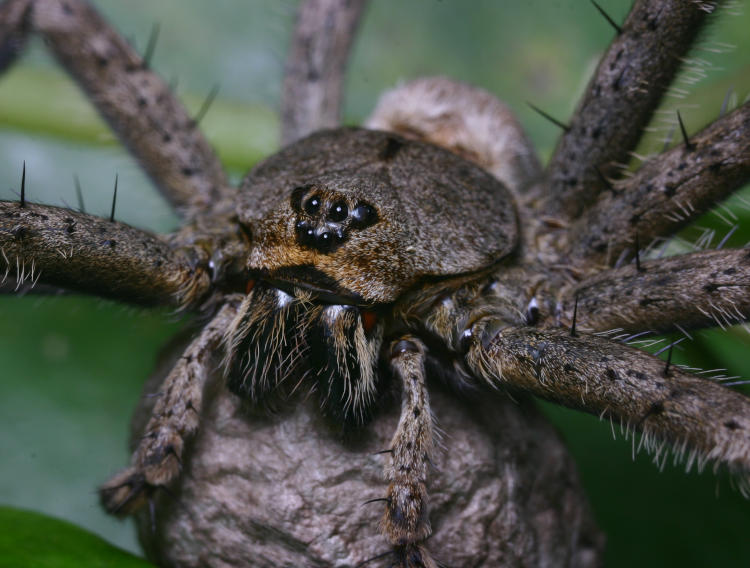
Or is it?
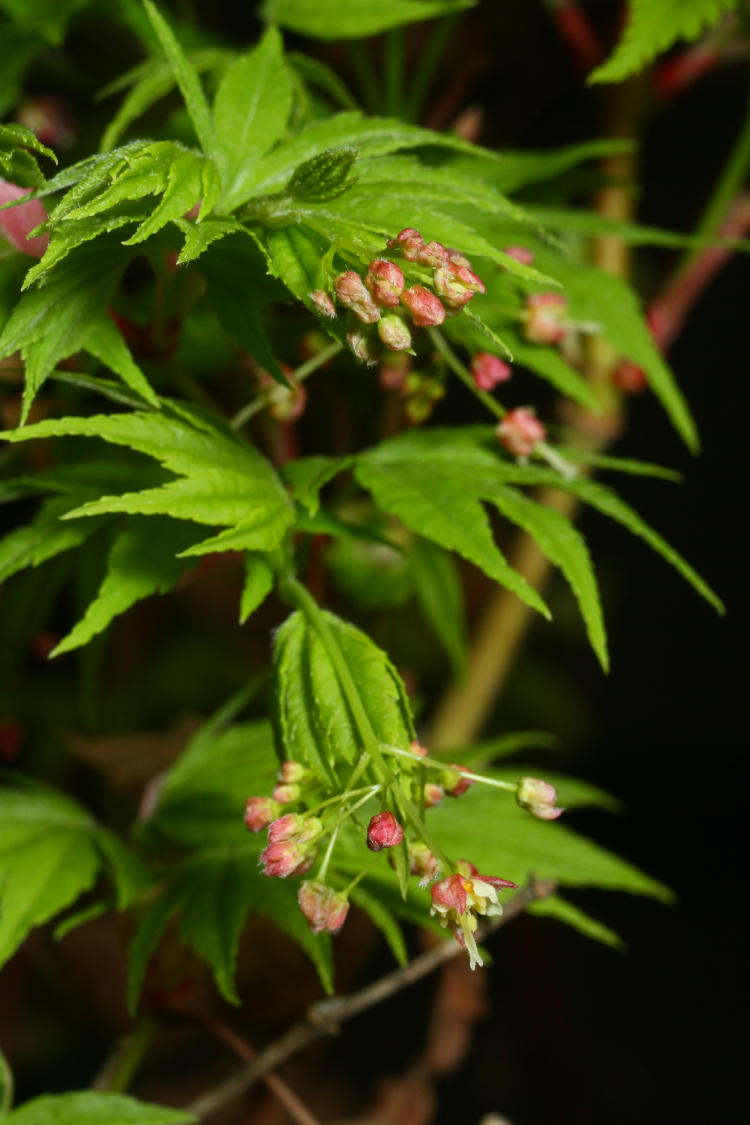





















































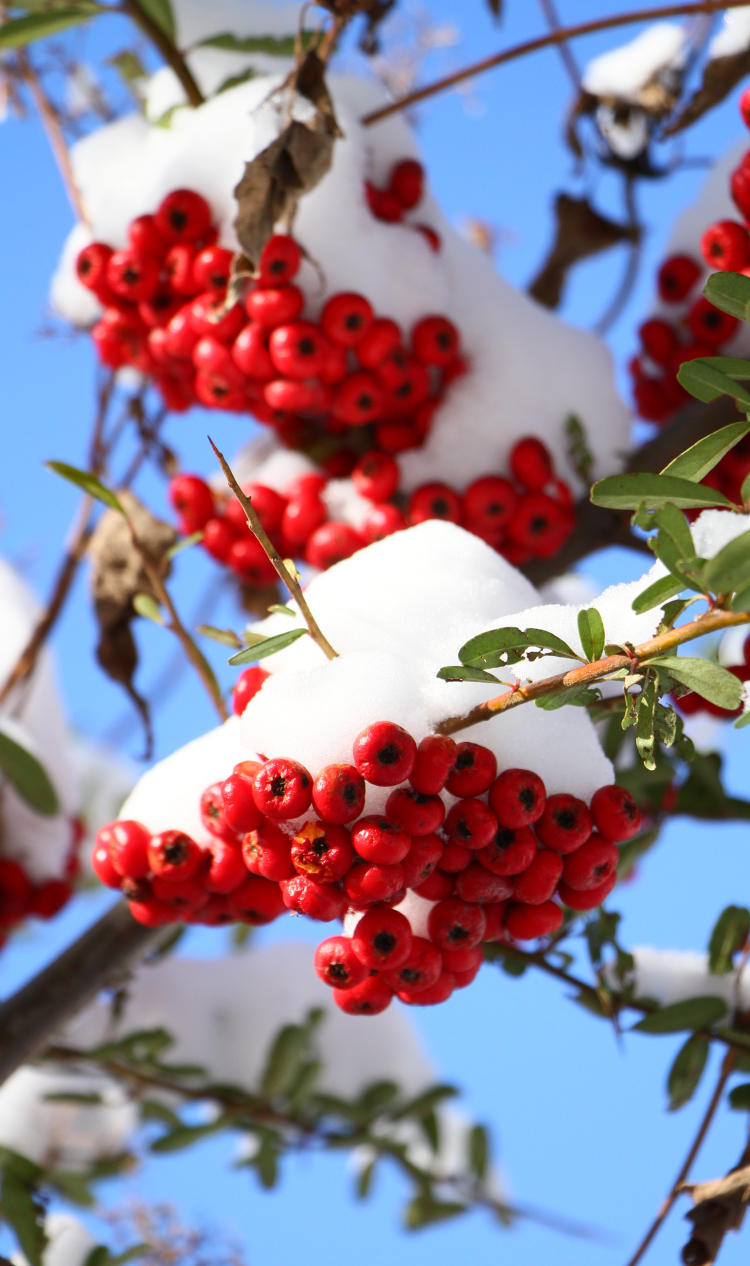
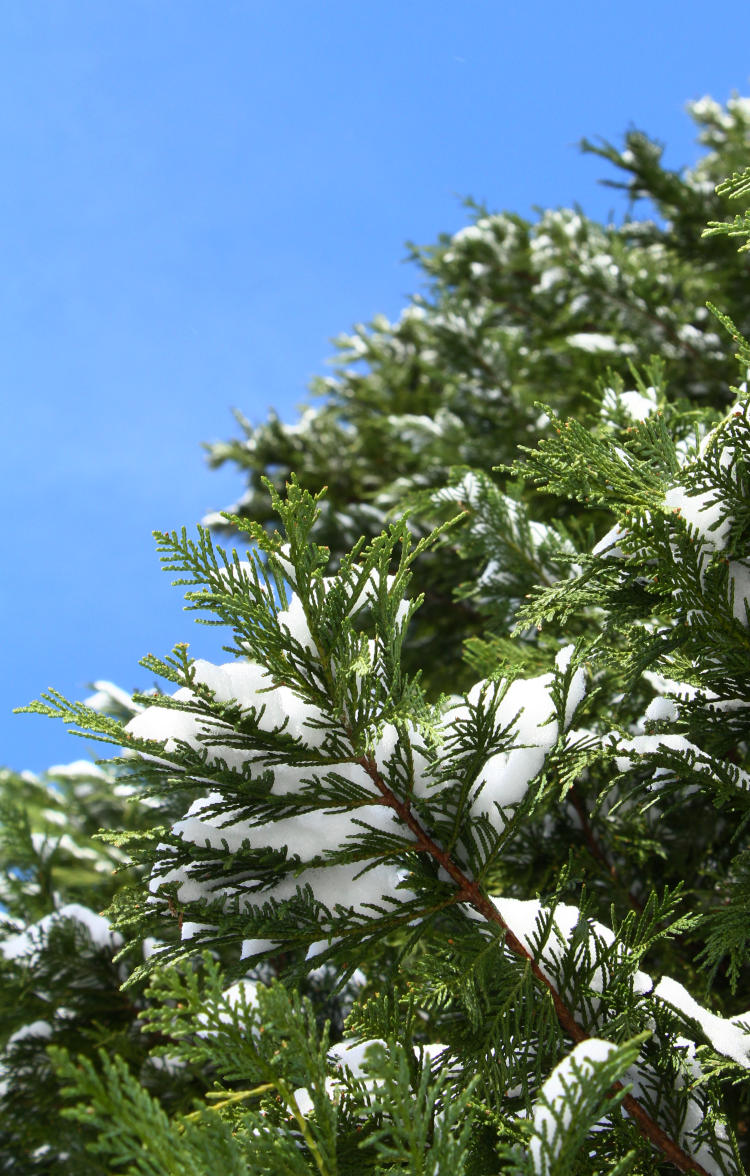
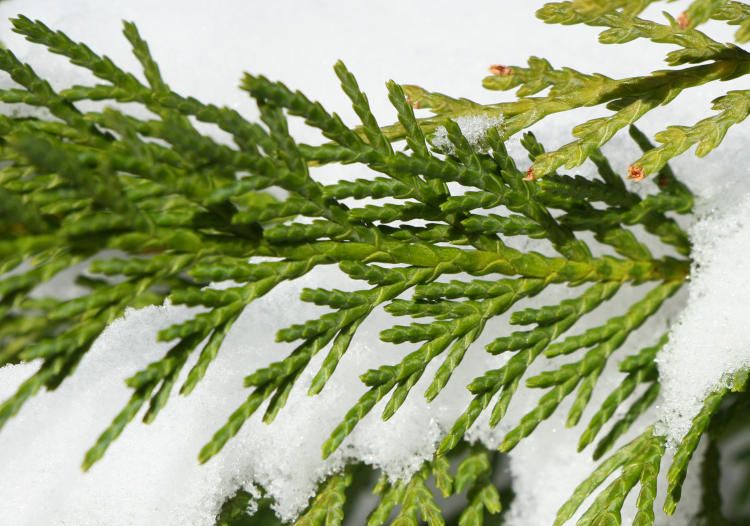
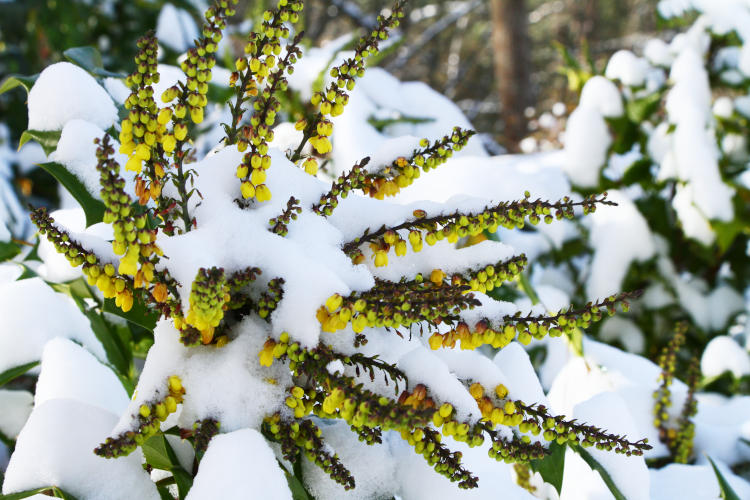
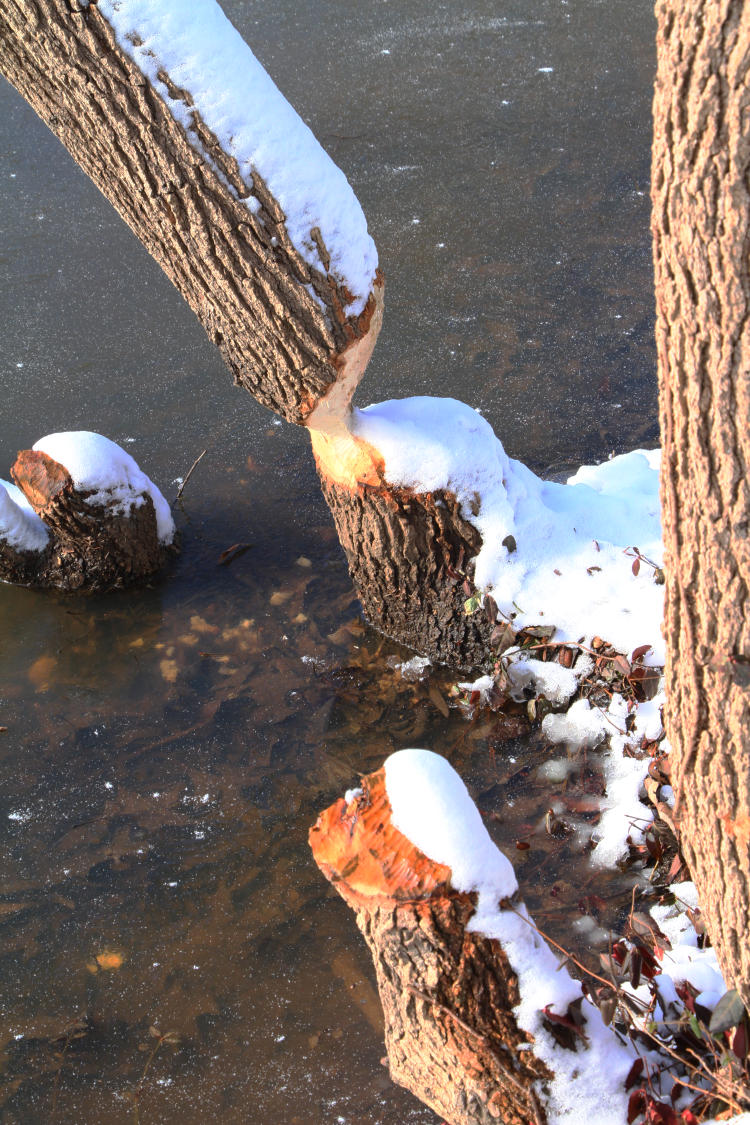
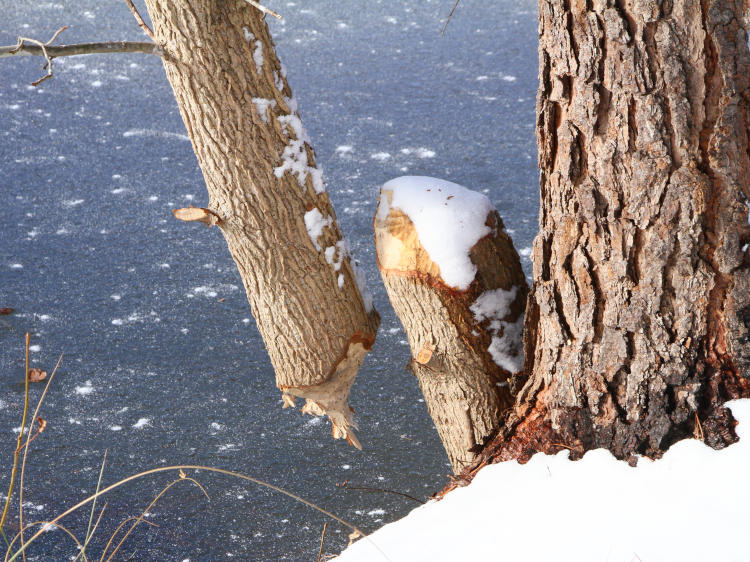
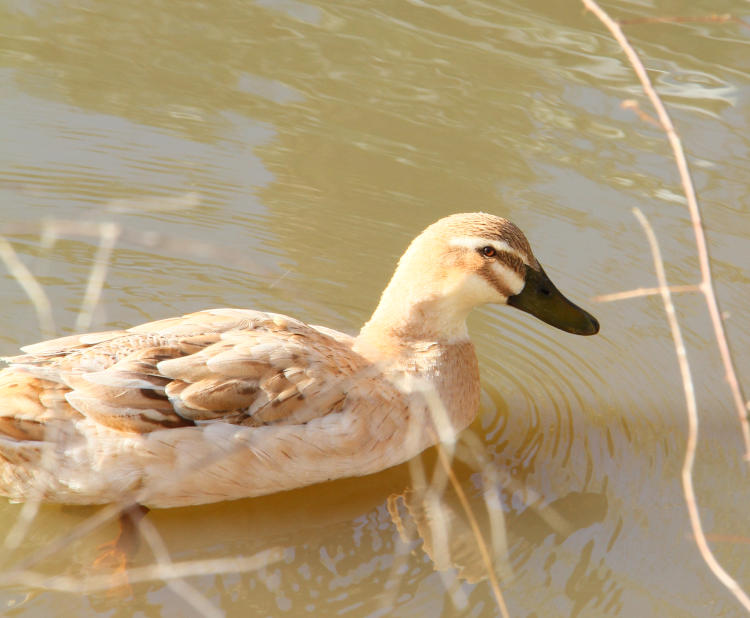
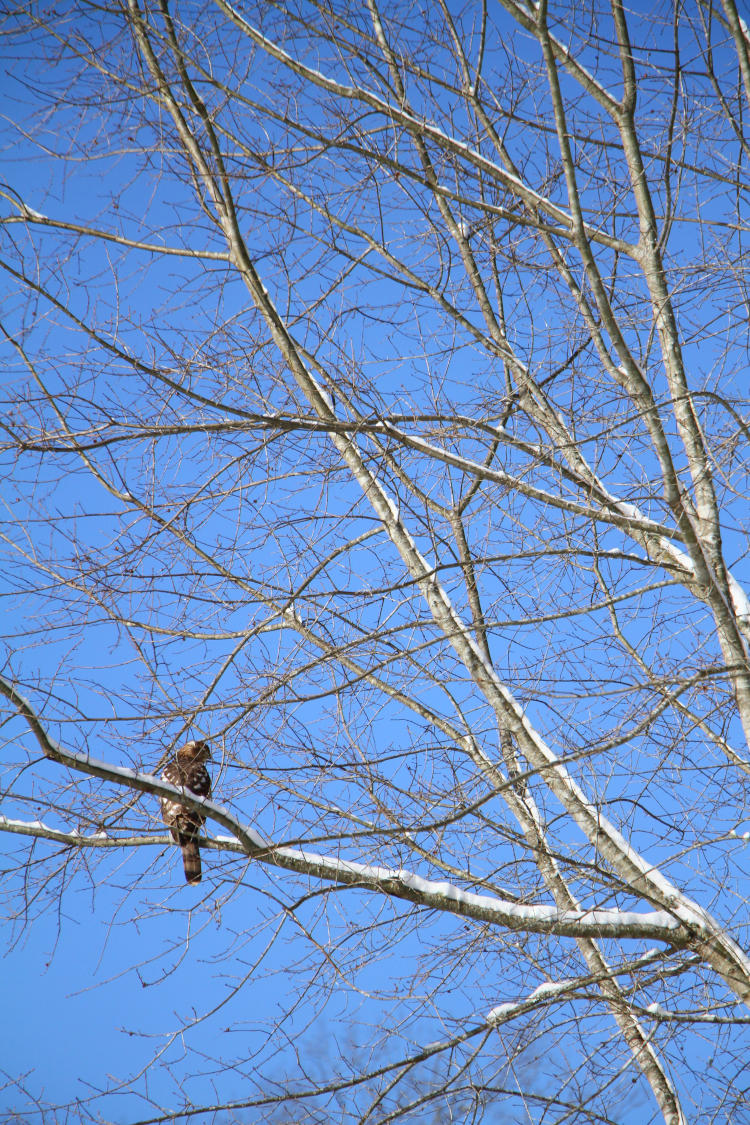
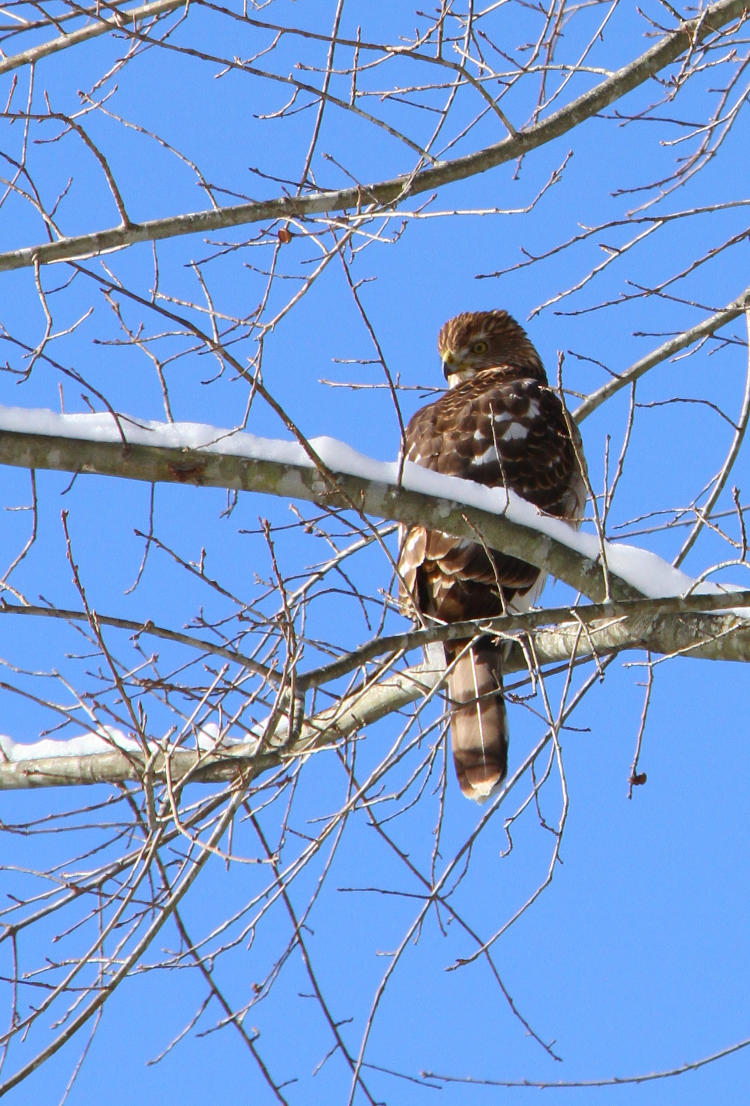
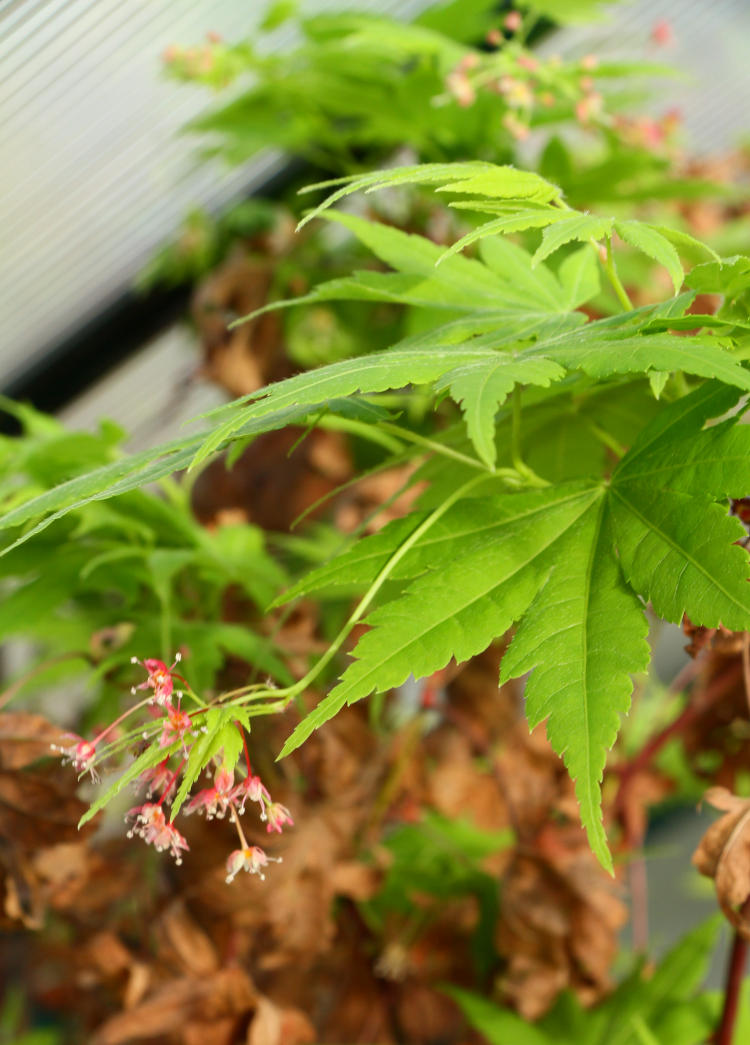
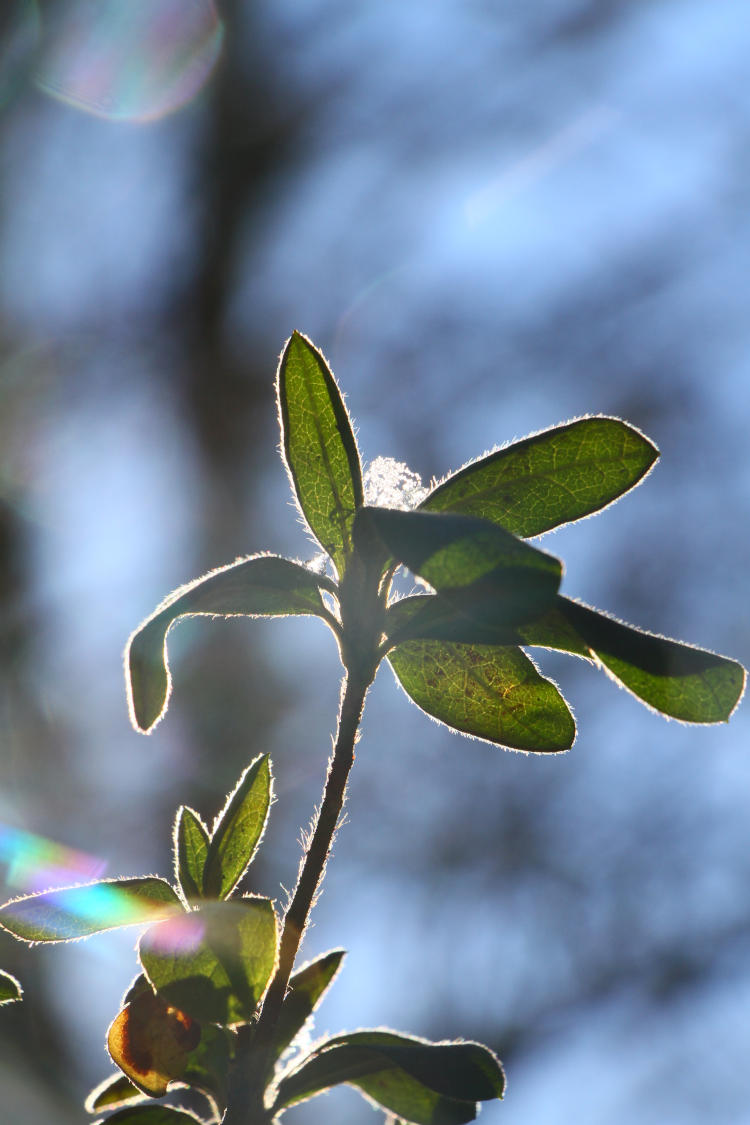
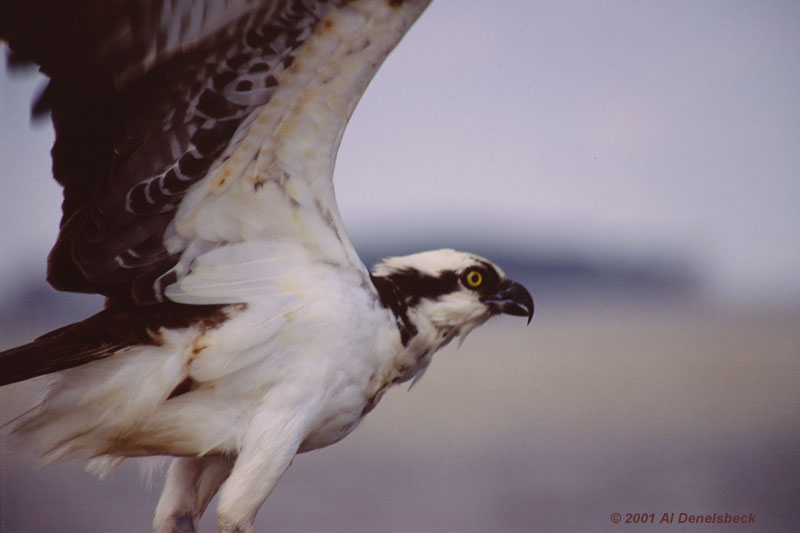
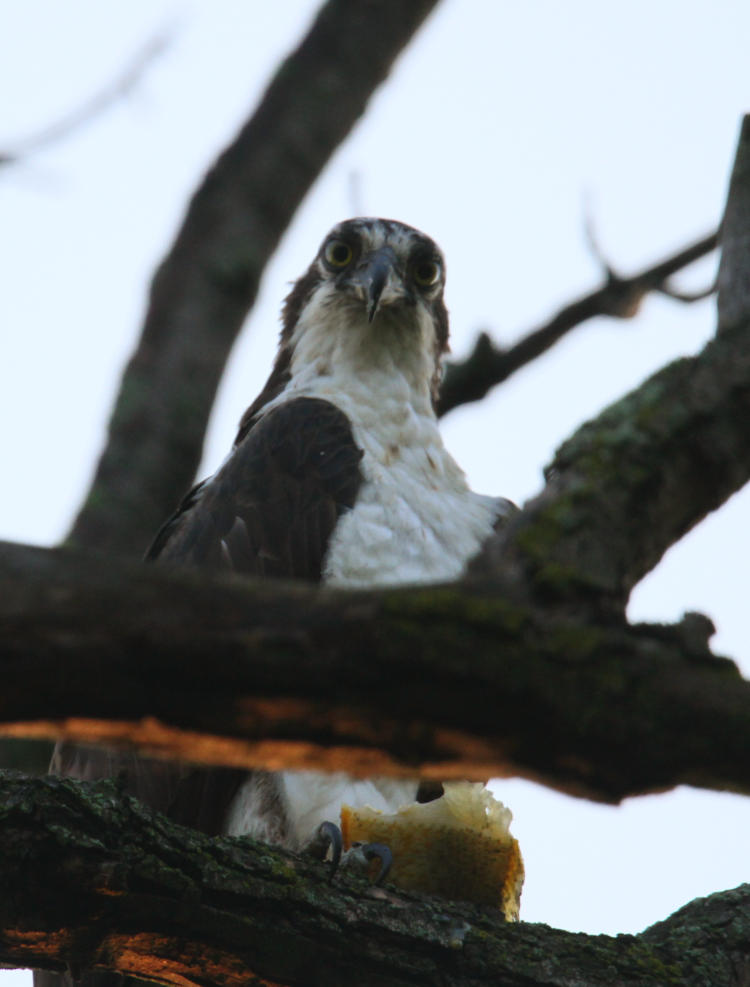

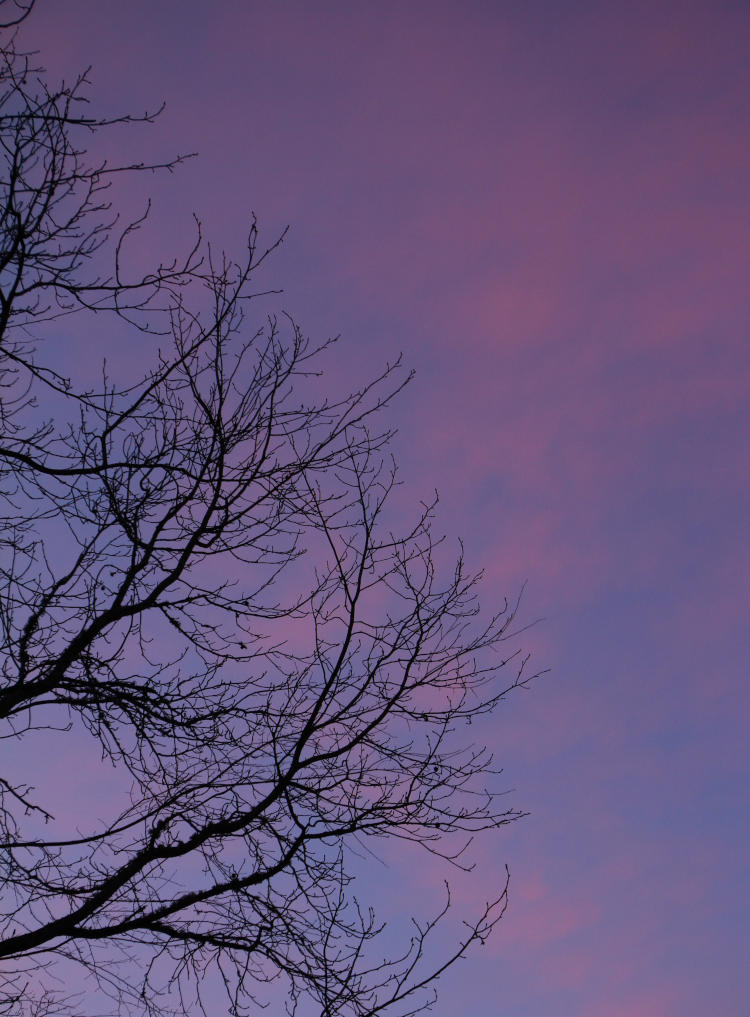

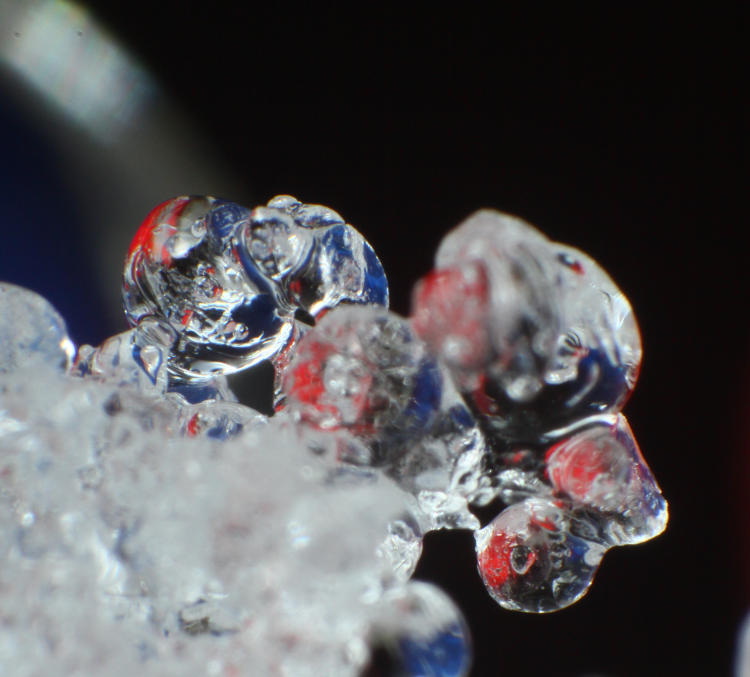
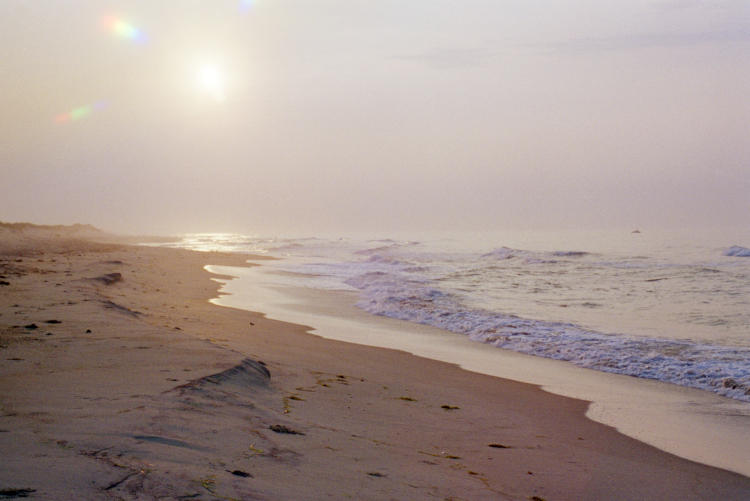


 2020’s image total of 1,037 was a major line to cross, and I didn’t make it, but it had also been a huge jump ahead of all previous years, so I don’t feel too bad – I came 56 images shy and blew second place out of the water, so, fine. I don’t feel I was lacking in regards of illustrations or regular content, even though it got a little slow towards the end. The post count was definitely a record, having passed all other years in October I think, so go me. The word count of 199,928 was also a record, but that’s related to the post count of course. I note that I was only 72 words short of breaking 200,000, which I would have done just for the hell of it had I checked before the end of the year, but oh well. That brings the total word count for the blog, since inception, at a little under 2 million.
2020’s image total of 1,037 was a major line to cross, and I didn’t make it, but it had also been a huge jump ahead of all previous years, so I don’t feel too bad – I came 56 images shy and blew second place out of the water, so, fine. I don’t feel I was lacking in regards of illustrations or regular content, even though it got a little slow towards the end. The post count was definitely a record, having passed all other years in October I think, so go me. The word count of 199,928 was also a record, but that’s related to the post count of course. I note that I was only 72 words short of breaking 200,000, which I would have done just for the hell of it had I checked before the end of the year, but oh well. That brings the total word count for the blog, since inception, at a little under 2 million.